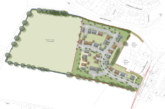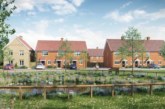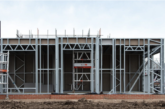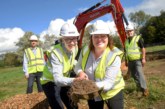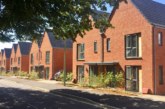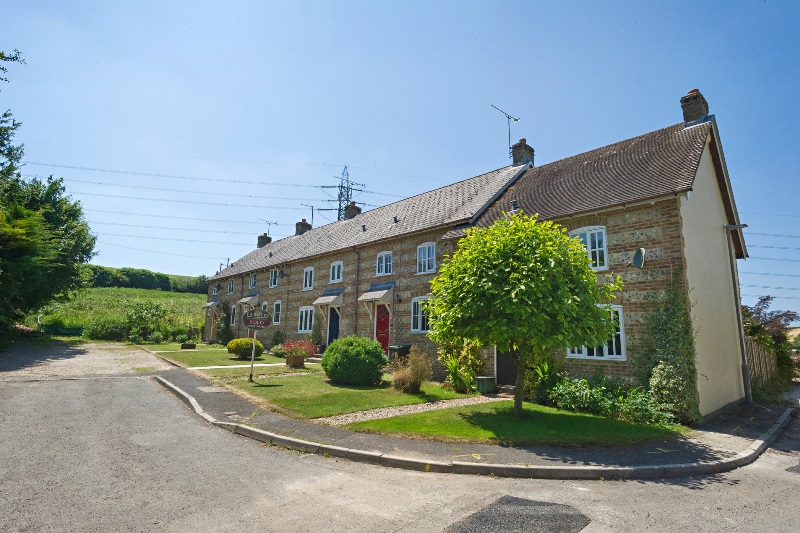
Smaller, affordable developments are needed to ensure the future of rural communities, says social housing provider Stonewater.
Providing a small number of affordable homes which meet the needs and aspirations of local people could make the difference between village shops, post offices, pubs and schools staying open and available for the wider community or being forced to close, says Stonewater, one of the largest developers of affordable housing in rural villages and market towns across the country.
The warning comes at the start of Rural Housing Week (2-6 July).
“Quality affordable housing must be recognised as a force for good in our rural communities because it drives investment, creates jobs and is vital to the long-term health of our country towns and villages,” says Jonathan Layzell, Stonewater Executive Director for Development. “More than 40,000 new homes are needed in rural parts of the country annually, but they have to be the right mix of housing, in the right location that meets the needs of the community to deliver growth and economic prosperity.”
Failure to deliver these homes, says Stonewater, could see many rural towns, villages and hamlets ending up with no-one to run local shops, pubs and services.
“We have a broken rural housing market and the fix is not to build huge swathes of generic affordable schemes on the fringes of settlements that communities don’t want, don’t need and resent,” says Jonathan. “If we want to stop ‘nimbyism’ and speed up planning consents, we should build well-sited, small-scale developments which residents want and are proud of; ones which are also sensitive to the character of the area and contribute to sustaining local services and businesses for the future. As a major provider of affordable rural housing, Stonewater builds small-scale housing schemes in market towns and villages across the country and the positive impact on the sustainability of those communities is significant.”
Stonewater’s small rural developments across the country offer a mix of tenures ranging from low-cost starter homes to large family houses which include properties for affordable rent, rent to buy or affordable shared ownership.



